Discover the tragic details of the 1901 Wabash Railway disaster near Seneca, Michigan, which claimed over 90 lives, sparking safety reform debates.
In November 1901, the Wabash Railway disaster near Seneca, Michigan, claimed over 90 lives, marking one of the deadliest train collisions in American history. Many victims were Italian immigrants traveling west in hopes of a better future, their journey ending in tragedy. The incident underscored the perilous conditions of early 20th-century rail travel and exposed critical failures in railway communication and safety protocols.
The 1901 Wabash Railway Disaster: A Tragedy Unfolds
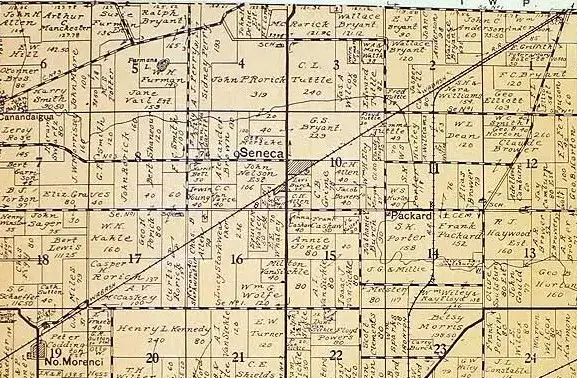
On November 28, 1901, a devastating head-on collision between two Wabash Railway trains occurred near Seneca, Michigan. The crash claimed over 90 lives, many of whom were Italian immigrants. Trains No. 4 and No. 13 collided at high speed, creating one of Michigan’s most tragic railway accidents. Survivors and eyewitnesses described scenes of unimaginable destruction and human suffering.
Both trains were traveling at over 50 miles per hour when the disaster struck. Engineer A.T. Strong of Detroit, operating the eastbound train, misunderstood orders to wait at Seneca siding. His failure to stop resulted in the trains colliding just west of Adrian, where the tracks slope downward and visibility is deceptive due to powerful electric headlights.
Eyewitnesses Describe a Scene of Horror
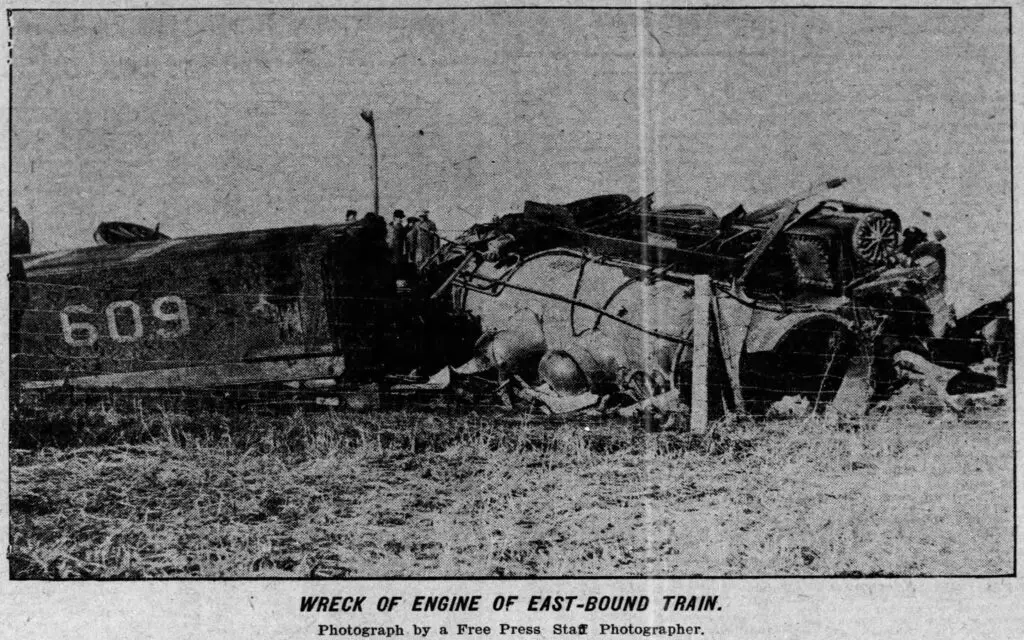
Eyewitnesses described the collision as a deafening explosion, followed by an inferno. Passengers in the second and third coaches of the westbound train bore the brunt of the crash. These cars, packed with over 115 passengers, mostly immigrants, were completely destroyed. Survivors said only 25 people escaped from these cars.
“The flames stifled the cries of those pinned inside,” one witness recalled. “The fire spread so quickly that no one could help.”
The fire raged for hours, consuming six westbound train coaches and lighting the sky for miles. The heat forced survivors and rescuers to keep their distance. By the time the flames subsided, the wreckage was reduced to charred iron and ashes, leaving behind little trace of the lives lost.
“I saw men running, calling to heaven for mercy,” one witness recounted. “We could do nothing but watch as the flames consumed everything.”
The victims were primarily passengers in the immigrant coach, which bore the brunt of the collision. Many were burned beyond recognition, leaving officials unable to account for all the deceased.
Rescue Efforts Amid Chaos
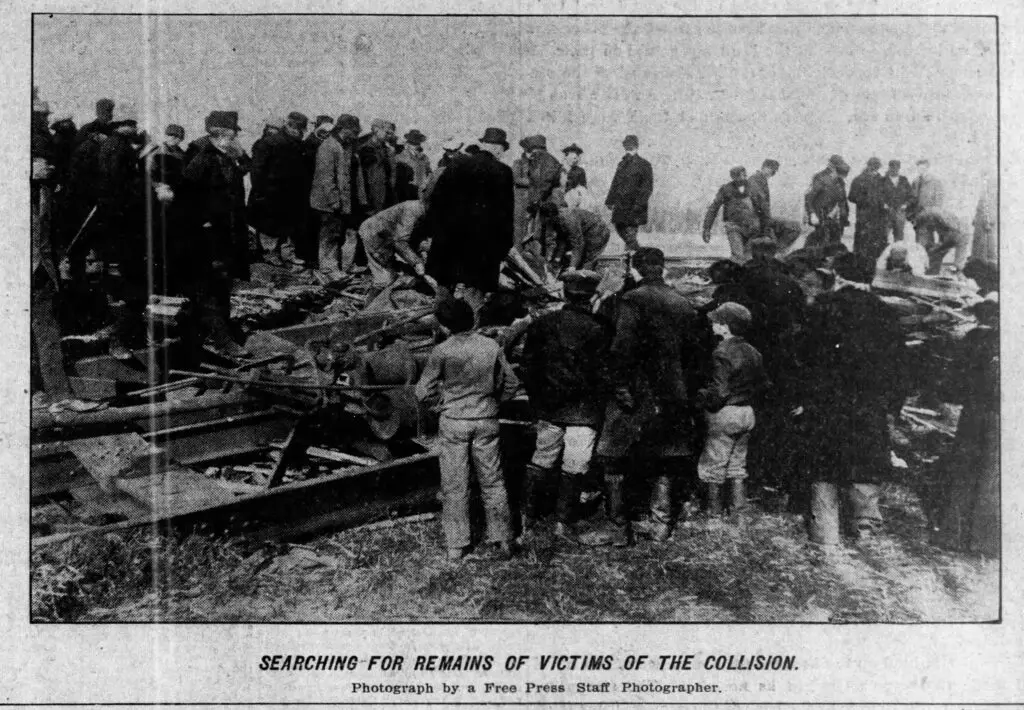
Rescue efforts began immediately, despite the overwhelming destruction. Brakeman Dittman of the eastbound train ran over a mile to summon help from Seneca, while Conductor C.E. Trowl of the westbound train did the same at Sand Creek siding. Relief trains from Adrian, Montpelier, and Detroit arrived to assist.
Survivors who escaped uninjured worked alongside local farmers to help rescue those trapped. Injured passengers were placed in sleeper cars, repurposed as makeshift hospitals. Many of the wounded were transported to the Wabash Hospital in Peru, Indiana, while others continued their journeys or received care in Detroit.
Investigators Focus on Engineer Strong
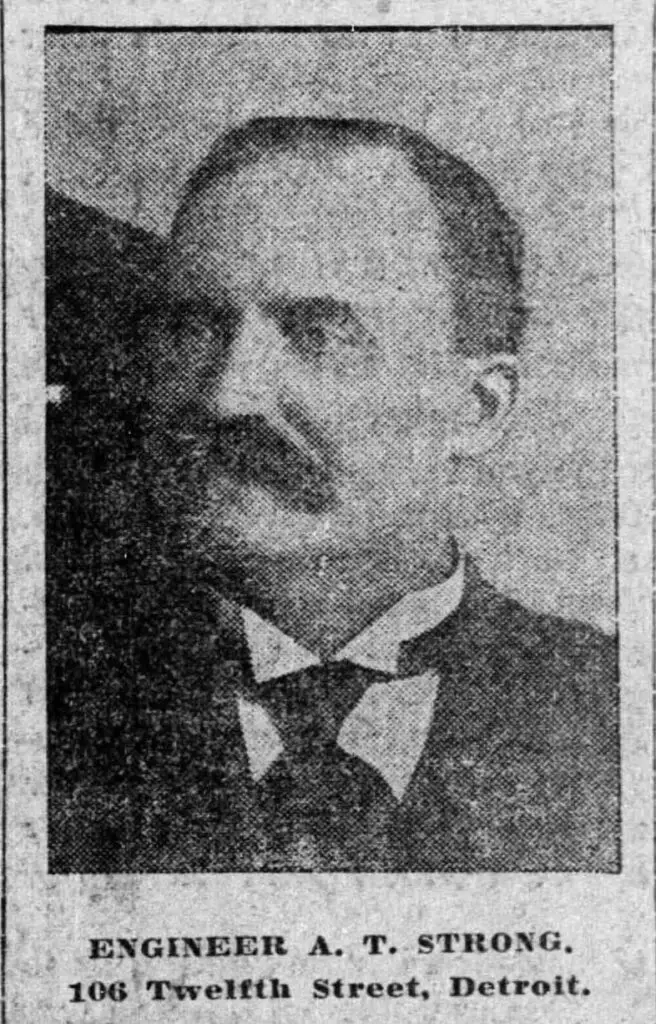
An immediate investigation revealed that Engineer Strong had failed to heed his dispatcher’s orders to stop at Seneca and wait for the westbound train to pass. Dispatcher instructions had been clear: Train No. 4 was to meet Train No. 13 at Seneca and Train No. 3 at Sand Creek. Instead, Strong continued under full steam toward Sand Creek, unaware of the imminent danger.
Engineer Strong reportedly saw the headlights of the oncoming train but misjudged their distance, believing the other train was on the siding. It was only when the trains were a few hundred feet apart that the engineers realized a collision was inevitable.
Community Outrage and Calls for Accountability

The disaster sparked public outrage, with many demanding improved railway safety protocols. Critics lambasted Wabash Railway officials for downplaying the death toll, which Superintendent George M. Burns claimed was only 20, despite overwhelming evidence of over 90 fatalities.
“It’s clear that negligence played a role,” one investigator stated. “This was not just a tragic accident but a failure of the railway’s communication and operational procedures.”
The coroner’s inquest, led by Adrian Coroner Hamilton, is set to determine accountability for the disaster. Many have called for stricter enforcement of train signaling and dispatch protocols.
Investigators Scrutinize Railway Operations
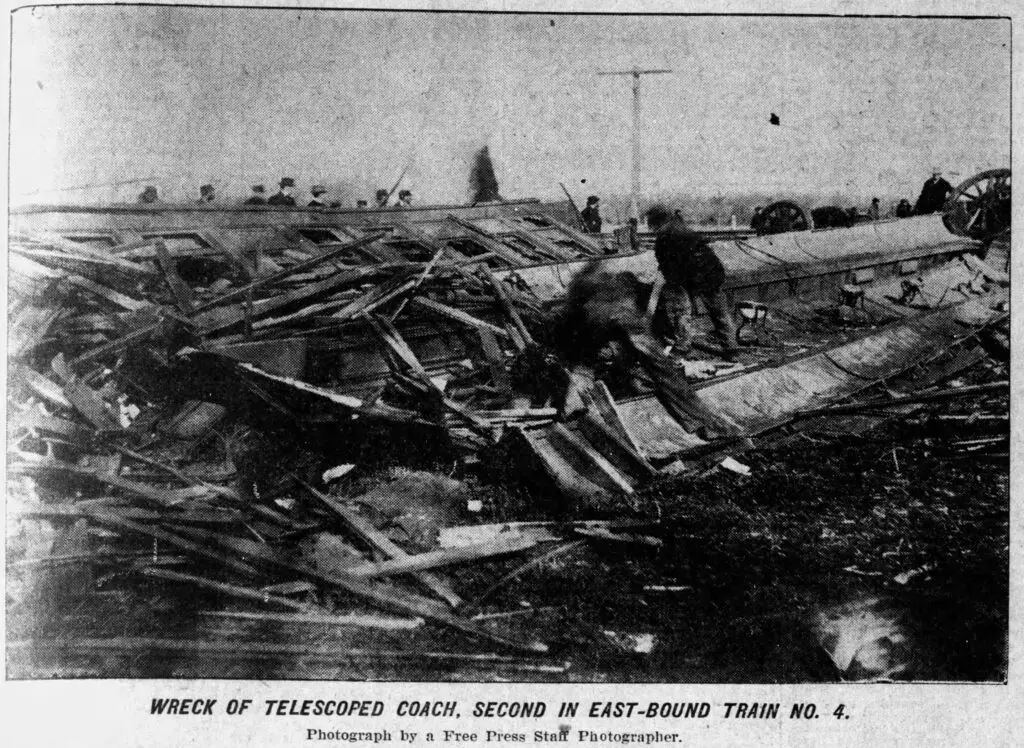
Preliminary investigations point to a catastrophic communication failure between train crews. Engineer Strong, one of the key figures implicated, survived the collision with injuries and remains under scrutiny. Coroner Hamilton of Adrian has convened an inquest to determine the roles of the conductor and other railway personnel in the tragedy.
Witnesses and officials alike highlighted the confusion surrounding train orders. Some reports suggest that improper signaling or miscommunication about track usage contributed to the collision.
The Victims of the Wabash Railway Disaster
Among the identified victims were:
- George W. Youmans, Kansas City
- Job Witchell, Detroit
- Ida Danhart, Ontario
- William D. Dowd, Del Ray (fireman)
- C.W. Baldorf, Ashley (fireman)
- James Brown, porter, Chicago
The injured included James F. Taylor of Bronson, Michigan, and Engineer Werk, who suffered a broken nose and internal injuries.
Find More Interesting Feature Stories From ThumbWind
- Michigan Features: Unveiling the people, places, and events that make the Great Lake State unique, exploring hidden gems and must-do activities.
- Weird Political News: A sarcastic, insightful take on official news from across the U.S., sourced and true.
- Michigan News: News and events of Michigan’s Upper Thumb worth knowing.
Your Turn – Like This, or Hate it – We Want To Hear From You
Please offer an insightful and thoughtful comment. Idiotic, profane, or threatening comments are removed. Consider sharing this story. Follow us to have other feature stories fill up your email from ThumbWind Publications.



